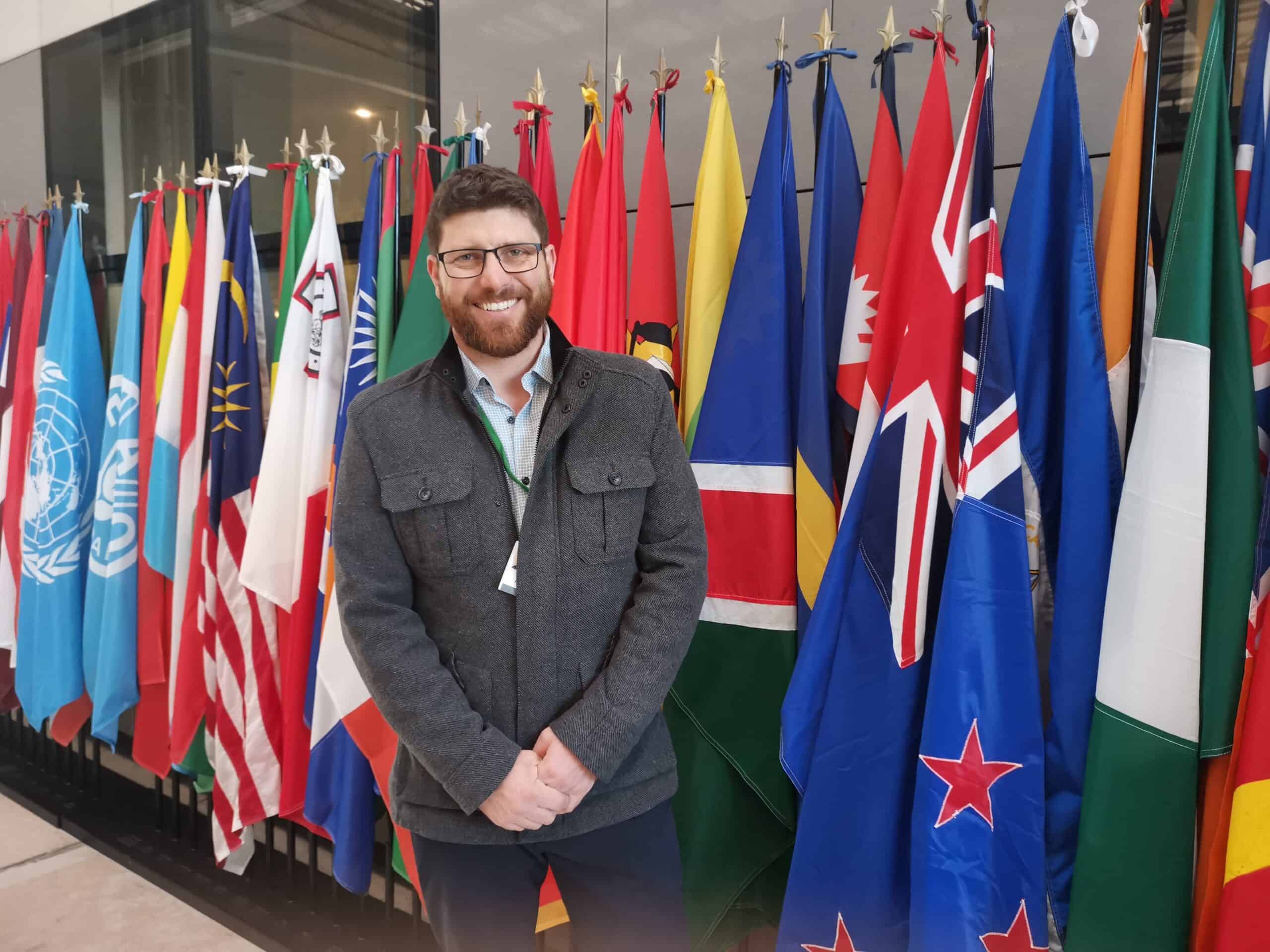As one of five leading conservation organisations collectively supported by millions of Australians we welcome the opportunity to contribute to the Australian Government’s position on the Global Biodiversity Framework First Draft.
COP15 is an important opportunity to galvanise international and domestic commitments to do what nature needs in the next decade.
Few parties to the Convention on Biological Diversity have as much at stake as Australia – the only developed and megadiverse party to the convention.
The goals, milestones, and targets in the current First Draft of the Global Biodiversity Framework, while overall an improvement on the Zero Draft, collectively remain far from the level of ambition that will be required to achieve the transformative change Australia and the world needs.
For the Global Biodiversity Framework to align with the vision of the Convention on Biological Diversity and support implementation of a pathway to a world living in harmony with nature, its central mission needs to be a clear and urgent commitment to halt and reverse biodiversity loss and to be nature-positive by the end of this decade.
For the mission to be achieved, the targets and milestones must be more specific, measurable, and aligned with what science tells us is needed to ensure a nature-positive world.
Ensuring that the Global Biodiversity Framework we need is adopted and implemented will also require parties to show leadership through their respective commitments in support of the mission.
Australia has a responsibility to deliver the ambition expected at home to protect what we love, and an opportunity to show leadership for the global ambition we need. It can lead by signing the Leaders Pledge for Nature already supported by world leaders from more than 80 nations, and committing to do our fair share by protecting at least 30% of Australian land.
This submission is a shared NGO position on the first draft of the Post-2020 Global Biodiversity Framework, supported by the Invasive Species Council, Australian Conservation Foundation, WWF, Birdlife Australia and the Wilderness Society.







